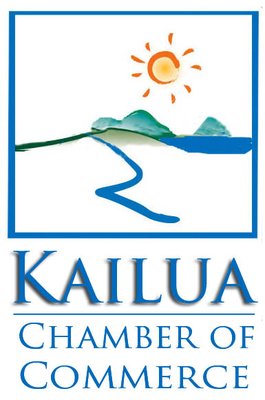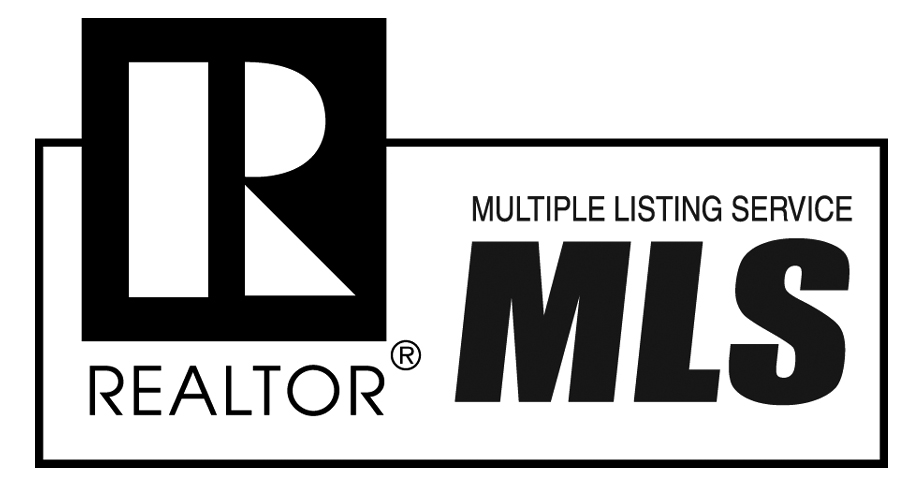Ohanas & CPRS on Oahu
What Is An Ohana Unit?
Generically, an Ohana Unit is any second residence on a property, either attached or detached from the main house, where another person or persons may live. This would be similar to what would be called a “Mother-In-Law” Unit on the mainland. However, just because a building or attached dwelling is called an Ohana by a realtor or property owner does not mean it is a legal Ohana dwelling.
It its technical, legal sense, an “Ohana” is a legal second dwelling unit (attached or detached) on a property, where the property is built legally in either in an Ohana-zoned area or in an area where the unit was legal at the time of construction. The purpose of an Ohana (meaning family) Unit is strictly residental use by family members (related by blood, adoption or marriage).
There are many other restrictions on Ohana Units. For example, Ohana Units are not permitted on zero lot line, cluster housing project, agricultural cluster, country cluster, planned development housing, R-3.5 or duplex lots (formally known as two family detached dwelling lots).
There are many pre-existing Ohana Units that are detached second buildings, however, after October 10, 1992, any new Ohana Units built on qualified lots were required to be attached to the main residential dwelling. Owners building these units are required to sign an affadavit that the units will be used only by family members.
It is important to note that Legal Ohana Units are different from a second dwelling which is legal simply due to lot square footage and zoning requirements. In the true Ohana dwelling situation, the lot size will not meet the zoning requirements for a second single-family structure.
Often, Ohana units are detached from the main dwelling and have a second kitchen, and are “grandfathered” in as legal non-conforming structures. There are many restrictions on rebuilding or remodeling existing legal Ohana Units and you should consult with the Honolulu City and County Department of Permitting and Planning and other experts when modifying an existing Ohana Unit.
Another similar type of dwelling is called an ADU - Accessory Dwelling Unit. Read more about ADUs on Oahu here.
What Is a CPR?
Did you know … Hawaii was the first state in the United State to condominium-ize?? It is no wonder considering the spectacular ocean views, in every direction, and hundreds of high-rise apartment buildings on Oahu. In the 1960’s lawmakers essentially figured out a way to sell the air space above a particular piece of land, in apartment building high-rises, by creating what was known then as a Horizontal Property Regime (HPR) and what is now called a Condominium Property Regime (CPR).
So, in its simplest form, a CPR is two or more condo units - a condominium (condo) is basically, a single apartment dwelling with common elements on a property shared with one or more other apartments. A CPR is created by registration and filing of a master deed or lease, declaration, by-laws, plans and public report with the State of Hawaii and approval of the project by the Hawaii Real Estate Commission enables the developer to sell the apartments in the CPR.
When you purchase an apartment in a high-rise, the building and its grounds are typically a CPR and you are buying a condo or apartment within the CPR. (Note, however, apartments can also be a part of co-op or condotel). Most of the time, however, the apartment is a condo and to sell the condo, the developer or subsequent owner of the building must have officially created the CPR.
Condominium law is also used to circumvent subdivision laws . So frequently, a single family detached house on Oahu may also be a condo.
Usually these are called “CPRs” or “CPR homes” and not condos. When you see a CPR home for sale on Oahu, this means that the single family home is part of a condominium property regime. The condos in a CPR may be attached to one another (as in a high-rise apartment or a duplex) or detached (as in a single family home subdivision). You can tell if a property is part of a CPR by looking at its TAX MAP KEY (TMK). A TMK is a number like 1-4-2-030-045-0000. If the TMK ends in 4 zeros it is NOT part of a CPR. If the TMK ends in any other number, e.g., 1-4-2-030-045-0017, then the property is part of a CPR.
A CPR is usually created with respect to single family homes when the particular property that the owner/developer wants to divide is of a nature that cannot meet the regular subdivision requirements. For example, subdivision law requires that properties have a particular access or street frontage, or certain space or setbacks between properties, etc. On a narrow lot, for example, it may be impossible to divide the property in such a way to comply with subdivision law because you could never have an access road of legal width and still have room to build. In this case, if the property is large enough to meet zoning laws for occupancy and multiple residences, a CPR can be created. Notably, the lots do not have to be split equally by the number of apartments created. They are split however the developer wants to split them.
Like a high-rise CPR project, a single family CPR will have common elements. There may or may not be monthly maintenance fees and shared expenses. Usually, there is some kind of shared access. There may also be a shared wall or walls. A CPR could also be done by stories in a building. But any way it is configured, the minimum lot size requirement for two dwellings must be met, depending on the zoning of the property.
CPR Homes are often, but not always, on relatively smaller sized lots. For example, it is common to see 8,000-10,000 sq ft lots CPRed in areas where there is R-5 zoning.
There are other practical reasons to create a CPR. One benefit of CPR-ing or Condominium-izing a property is that it allows the individual owners of each apartment in the CPR to have a separate mortgage. This can be important for multi-family or mulit-generational properties, to protect the individual property owners from the default of one of the others. For example, parents may allow their children to build another home on their property and take a mortgage on the property for financing of the construction. By condominium-izing, the parents can ensure that the children are on a separate mortgage for the property and that their security in their home and property is not jeopardized in the event that the child defaults.
If you have other questions about CPRs, condos or CPR homes, please call me at 808-721-8088. You also may be interested in my Blog Article of Oahu ADUs.




